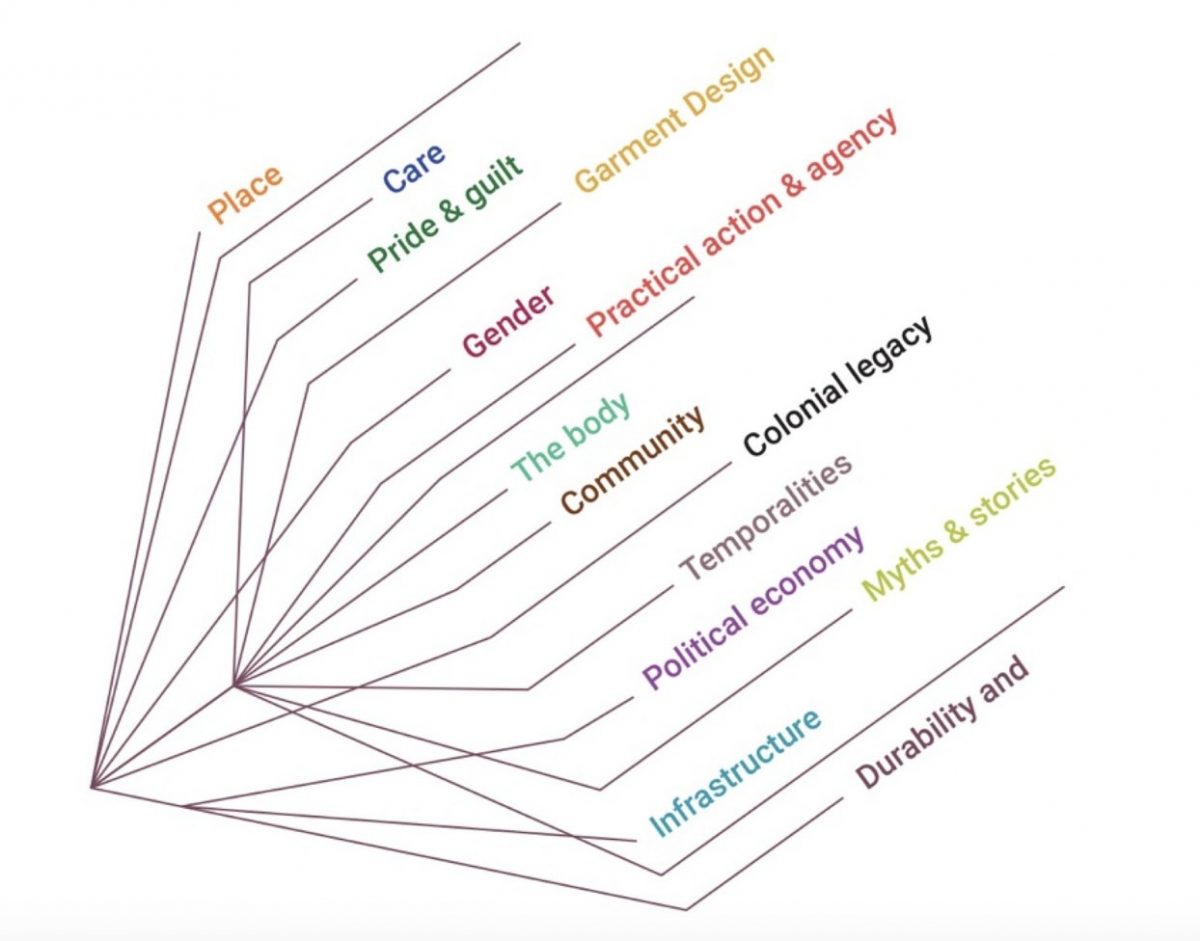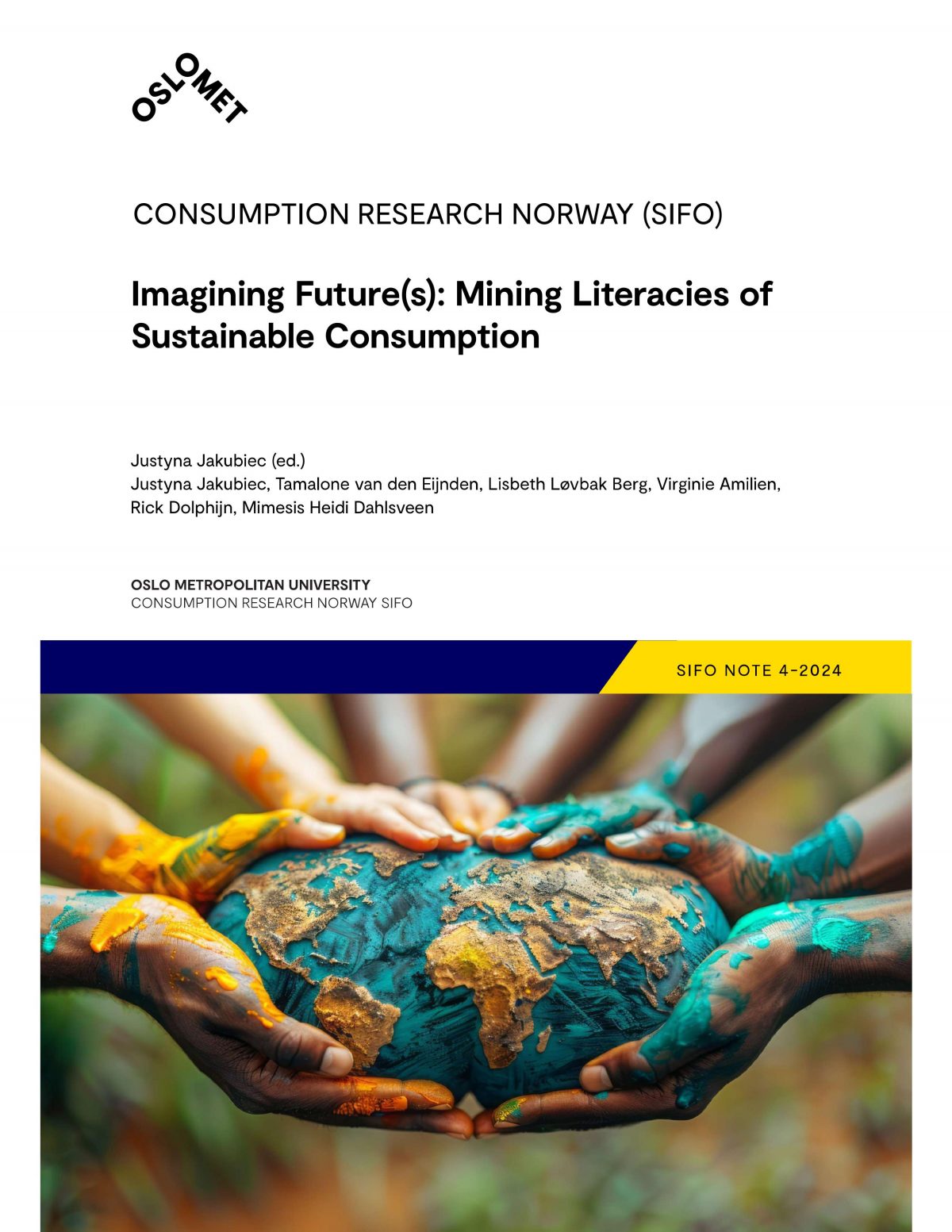Decentering Durability: Decarbonizing and Decolonizing Ideas and Practices of Long-Lasting Clothes
Authors: Kate Fletcher and Anna Fitzpatrick
Abstract
Durability is widely recognized as a key feature of materially resource-ful, lower-carbon clothing lives. Yet most of what is known about long-lasting garments is rooted in Euro-American ways of thinking, andreproduces its structures, priorities, values and resulting actions. Thispaper brings a decolonial concern to understandings of clothing durabil-ity to enlarge the conceptual boundaries around it, including those thatbreak apart dominant ideas and approaches to clothing durability inorder to show difference. It presents both the “workings” and the“findings” of a small research project, ‘Decentering Durability’, examin-ing both how research is conducted as well as what is uncovered at the intersection of decolonizing and resource-efficient, decarbonizing agen-das for fashion.
Click here for the full article (tandfonline.com) or contact the authors for a copy.


